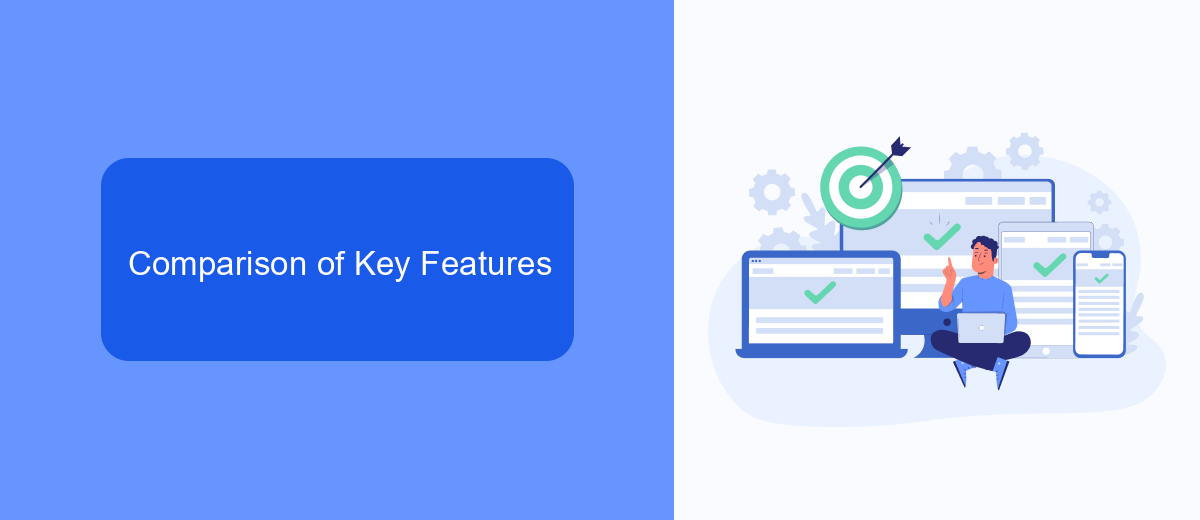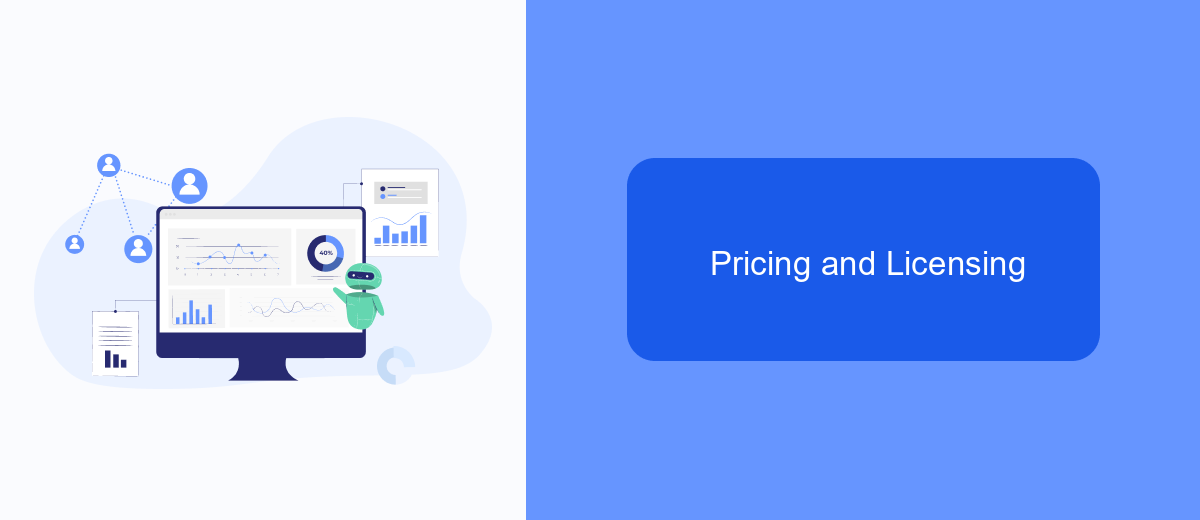When it comes to integrating business applications and automating workflows, choosing the right platform is crucial. Celigo and MuleSoft are two leading contenders in this space, each offering unique features and capabilities. This article delves into a detailed comparison of Celigo and MuleSoft, examining their strengths, weaknesses, and suitability for various business needs.
Introduction
In today's fast-paced digital landscape, businesses are constantly seeking efficient ways to integrate their various applications and data sources. Two prominent players in the integration platform as a service (iPaaS) market are Celigo and MuleSoft. Both platforms offer robust solutions for connecting disparate systems, automating workflows, and enhancing data accessibility, but they cater to different needs and preferences.
- Celigo: Known for its user-friendly interface and pre-built integrations, making it ideal for small to medium-sized businesses.
- MuleSoft: Offers extensive customization and scalability, suitable for larger enterprises with complex integration requirements.
- SaveMyLeads: A valuable service for automating lead data transfers, which can complement both Celigo and MuleSoft by simplifying lead management processes.
This article aims to provide a comparative analysis of Celigo and MuleSoft, highlighting their key features, advantages, and potential drawbacks. By understanding the strengths and weaknesses of each platform, businesses can make informed decisions on which integration solution best fits their unique needs. Whether you are a small business looking for simplicity or a large enterprise needing advanced capabilities, this guide will help you navigate your options.
Comparison of Key Features

When comparing Celigo and MuleSoft, it's essential to evaluate their integration capabilities. Celigo offers a user-friendly interface with pre-built templates that simplify the integration process, making it accessible even for non-technical users. In contrast, MuleSoft provides a more robust and scalable platform, ideal for complex integrations and large enterprises. MuleSoft’s Anypoint Platform offers extensive API management and advanced data transformation features, which can handle high-volume transactions efficiently.
Both platforms support a wide range of applications and services, but their approaches differ. Celigo focuses on ease of use and rapid deployment, which is beneficial for small to medium-sized businesses. MuleSoft, however, excels in providing comprehensive tools for API-led connectivity, making it suitable for organizations with intricate IT infrastructures. Additionally, services like SaveMyLeads can complement these platforms by offering automated lead integrations, enhancing the overall efficiency of your marketing and sales processes. This added layer of automation can be particularly useful for businesses looking to streamline their operations without extensive manual intervention.
Integration Capabilities

When comparing Celigo and MuleSoft, it's essential to evaluate their integration capabilities to determine which platform best suits your business needs. Both platforms offer robust integration solutions, but they cater to different user requirements and technical expertise levels.
- Celigo: Celigo provides a user-friendly interface with pre-built connectors and templates, making it accessible for non-technical users. It supports a wide range of applications and offers real-time data synchronization.
- MuleSoft: MuleSoft, on the other hand, is known for its comprehensive API-led connectivity approach. It is ideal for enterprises needing complex, custom integrations and offers extensive tools for developers.
- SaveMyLeads: SaveMyLeads can be an excellent complementary service for businesses using Celigo or MuleSoft. It simplifies lead data integration from various sources, ensuring seamless data flow into your CRM without the need for extensive coding.
In conclusion, Celigo is more suited for businesses looking for ease of use and quick deployment, while MuleSoft excels in providing powerful, customizable integration solutions for larger enterprises. SaveMyLeads can enhance the capabilities of both platforms by streamlining lead data integration.
Pricing and Licensing

When comparing the pricing and licensing models of Celigo and MuleSoft, it is important to consider the needs and scale of your business. Celigo offers a more flexible pricing structure, which is ideal for small to medium-sized enterprises. Their plans are generally based on the number of integrations and data volume, allowing businesses to scale as needed.
MuleSoft, on the other hand, tends to cater to larger organizations with more complex integration needs. Their pricing is often higher and includes a variety of licensing options based on the number of APIs, users, and environments. MuleSoft's enterprise-grade features and robust capabilities come at a premium, making it a significant investment.
- Celigo: Flexible pricing based on integrations and data volume.
- MuleSoft: Higher pricing with various licensing options for enterprise needs.
For businesses looking for an alternative, SaveMyLeads provides a cost-effective solution for setting up integrations without extensive technical expertise. This service can be particularly useful for small to medium-sized businesses that need a straightforward and affordable way to manage their integrations.
Conclusion
In conclusion, both Celigo and MuleSoft offer robust integration solutions, each with its unique strengths. Celigo stands out for its user-friendly interface and pre-built integrations, making it an excellent choice for businesses seeking quick and easy setup. On the other hand, MuleSoft excels in handling complex, enterprise-level integrations with its powerful API management and extensive customization capabilities.
Ultimately, the choice between Celigo and MuleSoft will depend on your organization's specific needs and technical requirements. For those looking for an alternative or complementary service, SaveMyLeads provides an efficient way to automate lead data integrations with various platforms, further simplifying the integration process. By carefully evaluating your business goals and technical landscape, you can select the integration tool that best aligns with your strategic objectives.


FAQ
What are the primary differences between Celigo and MuleSoft?
Which platform is more cost-effective?
How user-friendly are Celigo and MuleSoft?
Can both platforms handle real-time data integration?
Is there a simpler alternative for small businesses looking to automate tasks and integrations?
Don't waste another minute manually transferring leads from Facebook to other systems. SaveMyLeads is a simple and effective tool that will allow you to automate this process so that you don't have to spend time on the routine. Try SaveMyLeads features, make sure that this tool will relieve your employees and after 5 minutes of settings your business will start working faster.
